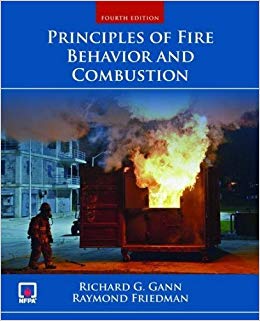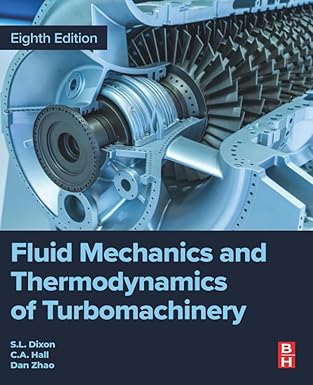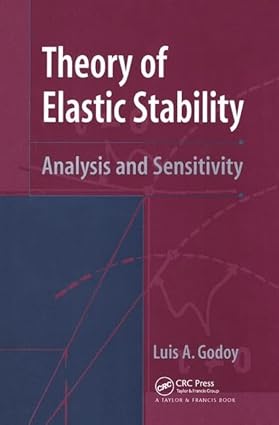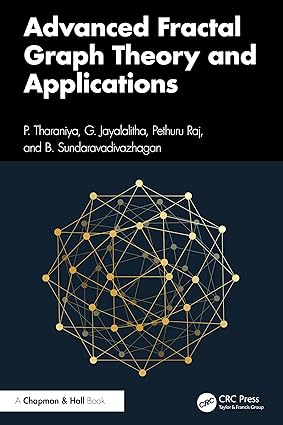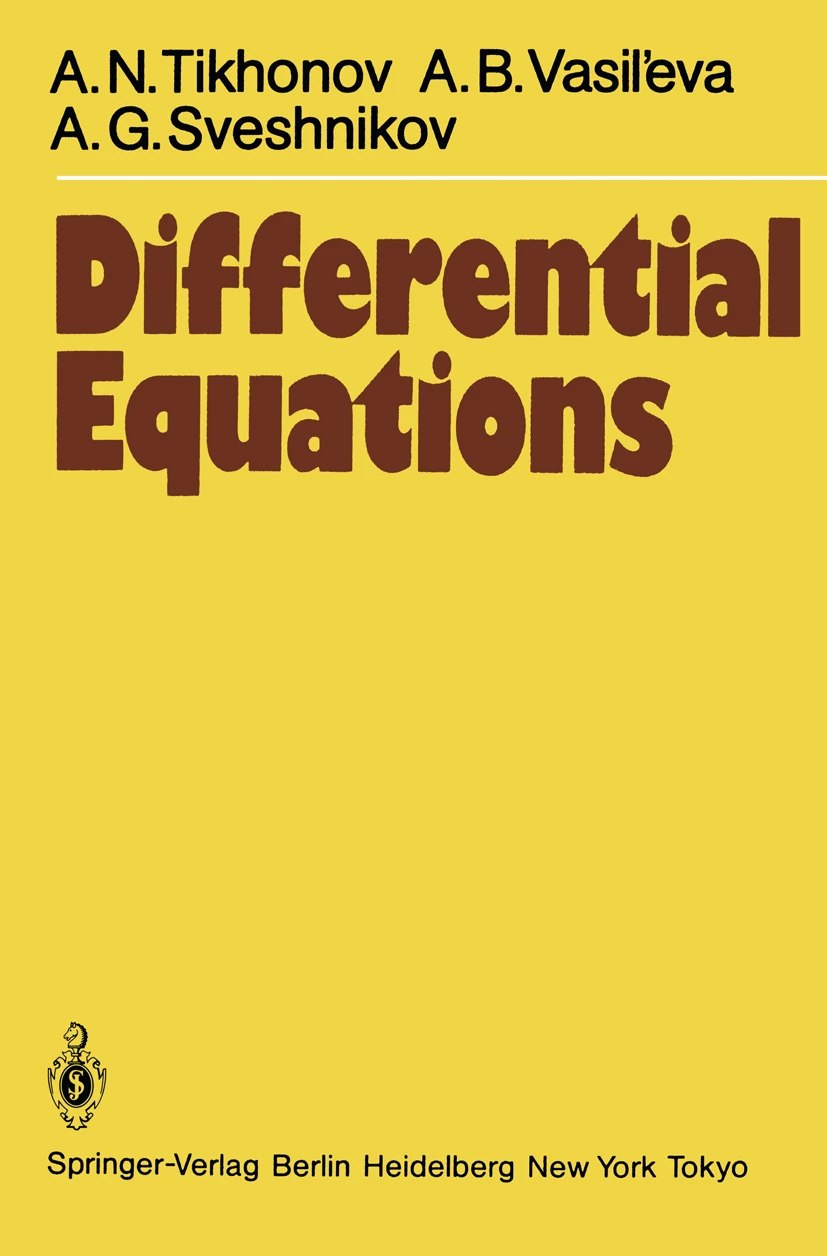Based on the National Fire Academy’s Fire Behavior and Combustion model curriculum. Without a comprehensive grasp of how fires start and spread, informed decisions on how to best control and extinguish fires can not be made. Principles of Fire Behavior and Combustion, Fourth Edition will provide readers with a thorough understanding of the chemical and physical properties of flammable materials and fire, the combustion process, and the latest in suppression and extinguishment. The Fourth Edition of this time-tested resource is the most current and accurate source of fire behavior information available to fire science students and on-the-job fire fighters today.
چکیده فارسی
بر اساس برنامه درسی مدل احتراق و رفتار آتش نشانی آکادمی ملی آتش نشانی. بدون درک جامع از نحوه شروع و گسترش آتش سوزی، نمی توان تصمیمات آگاهانه ای در مورد نحوه بهترین کنترل و خاموش کردن آتش گرفت. اصول رفتار و احتراق آتش، ویرایش چهارم، درک کاملی از خواص شیمیایی و فیزیکی مواد قابل اشتعال و آتش، فرآیند احتراق، و آخرین موارد در مهار و خاموش کردن را در اختیار خوانندگان قرار می دهد. نسخه چهارم این منبع آزمایششده با زمان، جدیدترین و دقیقترین منبع اطلاعات رفتار آتشسوزی است که امروزه در دسترس دانشجویان علوم آتش نشانی و آتش نشانان حین کار است.
ادامه ...
بستن ...
Ebook details:
عنوان: By Richard Gann Principles Of Fire Behavior And Combustion (4th Edition)
نویسنده: Books
ناشر:
زبان:
شابک: Jones & Bartlett Learning (December 18, 2013), B00N4EN73G
حجم: 14 Mb
فرمت:
ادامه ...
بستن ...
